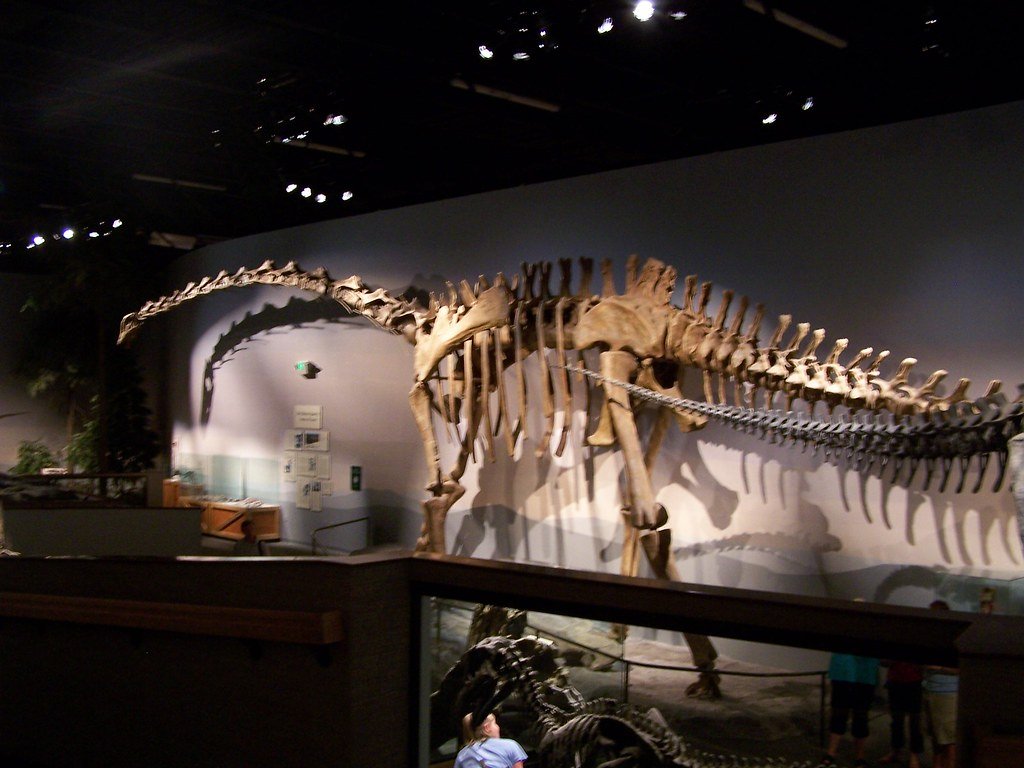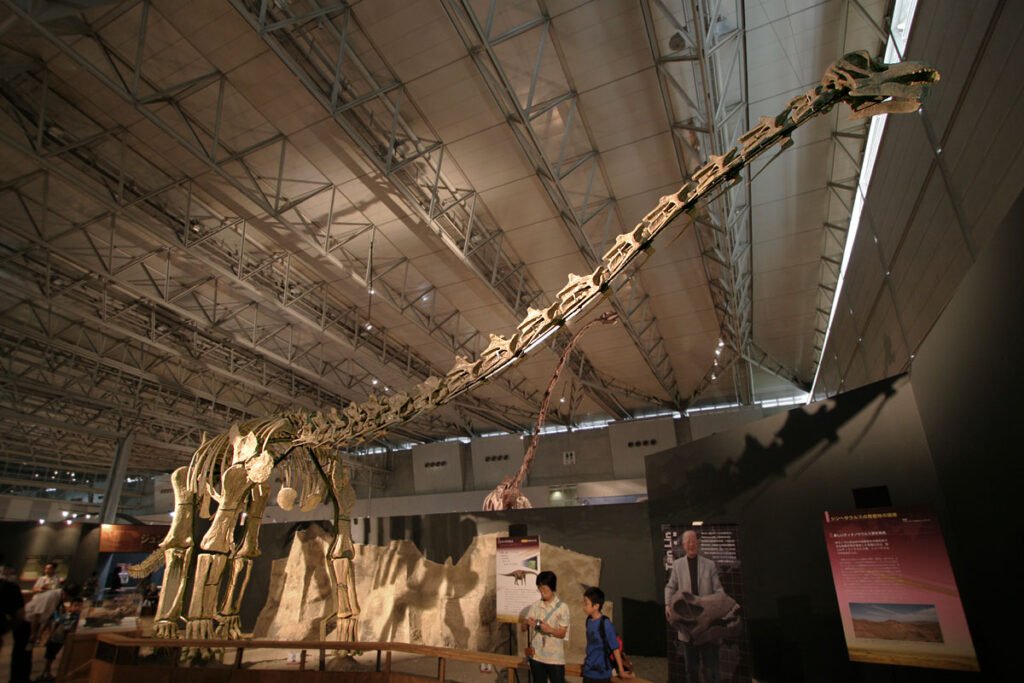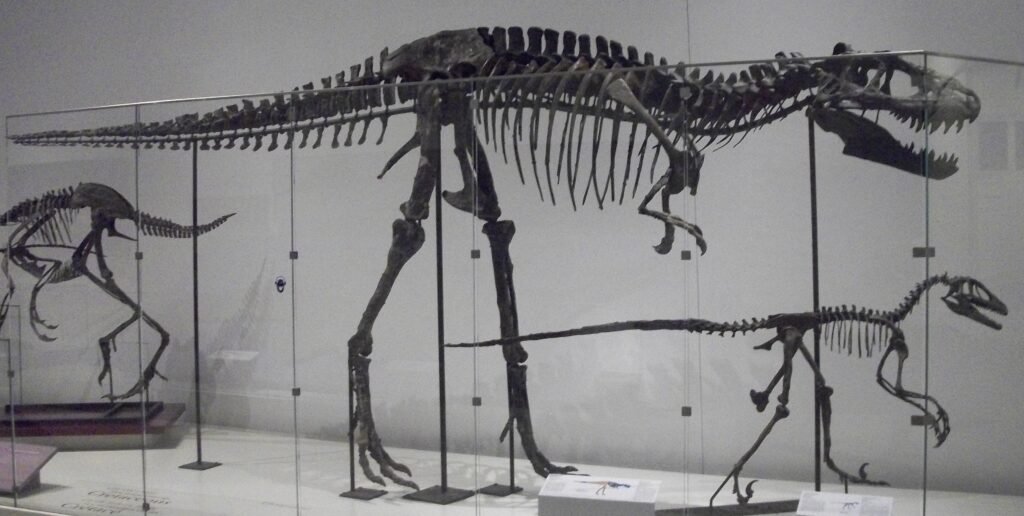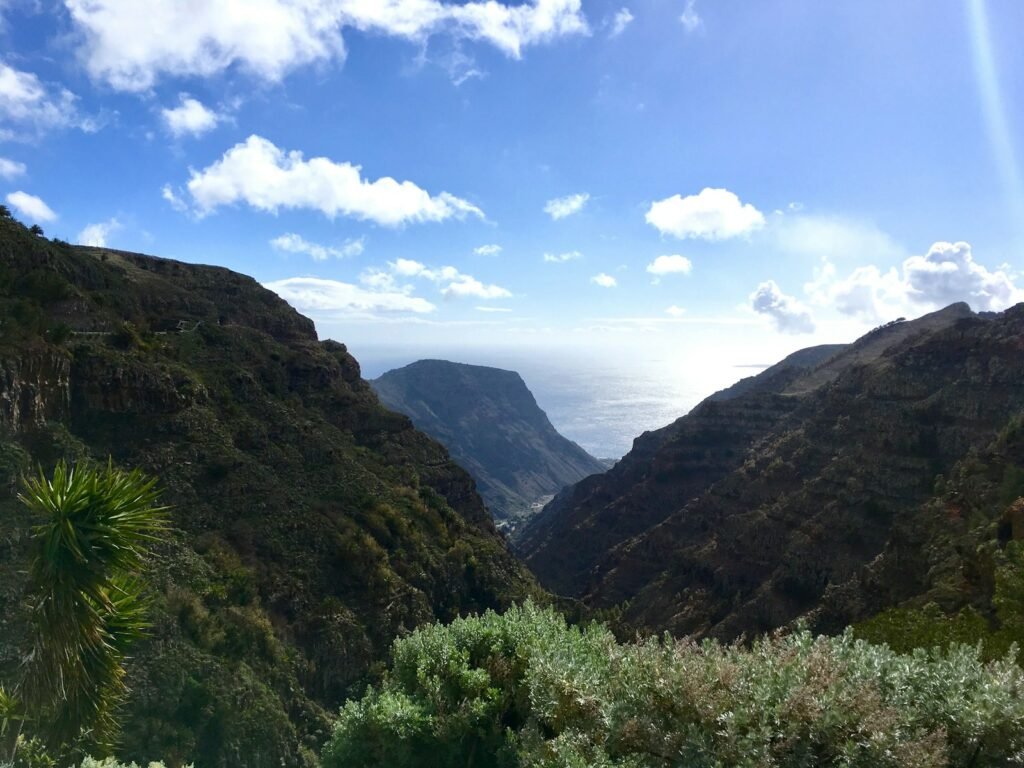In the fascinating realm of paleontology, the discovery of dinosaur fossils not only excites scientists but also captivates the imaginations of the general public. While each fossilized find tells its own story, some discoveries stand out due to their sheer size and grandeur. This article delves into the world of the biggest dinosaur fossils ever found, offering a glimpse into the colossal creatures that once roamed our planet.
1. Argentinosaurus

The Argentinosaurus is often heralded as the largest dinosaur ever discovered. Hailing from the Late Cretaceous period, this titanic titan hailed from what is now Argentina. Estimates suggest it could reach lengths of over 100 feet and weigh as much as 100 tons. Its massive vertebrae, discovered in the 1980s, set the stage for a creature whose size still boggles the mind today.
2. Patagotitan

Following closely in the steps of Argentinosaurus, the Patagotitan was also uncovered in Argentina, postdating its cousin by a few years. Measured at approximately 122 feet long, this massive herbivore, discovered in 2014, is among the best-preserved and offers a comprehensive glimpse into the life of supersized dinosaurs.
3. Dreadnoughtus

In Patagonia, another giant was unearthed: the Dreadnoughtus. This dinosaur is renowned for its well-preserved skeleton, which provides extensive insights into its anatomy. Measuring about 85 feet in length and weighing around 65 tons, Dreadnoughtus truly embodies its name, which means “fears nothing.”
4. Brachiosaurus

The Brachiosaurus stands out as one of the most iconic sauropods due to its distinctive build. While not the longest on record, its height—reaching up to 40 feet—makes it one of the tallest dinosaurs known. Its fossils were primarily found in North America, with notable examples also discovered in Africa.
5. Supersaurus

The aptly named Supersaurus lived during the Late Jurassic period. Discovered in North America, this dinosaur is estimated to have stretched over 110 feet in length. Its elongated neck helped it reach vegetation that few others could access, making it a unique marvel of its time.
6. Titanosaur

Generically referring to a group of massive sauropods, titanosaurs were some of the last surviving giant dinosaurs. While numerous members belong to this group, estimates of their length and mass often rival those of the Argentinosaurus, with discoveries scattered across the globe from South America to Africa.
7. Alamosaurus

The Alamosaurus was a titanosaur that roamed North America towards the end of the Cretaceous period. Its physical dimensions have been a source of debate among scientists, but estimates suggest it could reach lengths of about 98 feet. Fossil remains discovered in Texas have been central to understanding this prehistoric giant.
8. Puertasaurus

Discovered in the Los Patos Formation in Argentina, Puertasaurus had an imposing stature with vertebrae suggesting a massive frame. Its discovery in 2005 was a breakthrough, offering new perspectives on the size and diversity of titanic dinosaurs roaming the southern continents.
9. Sauroposeidon

Perhaps one of the lesser-known giant sauropods, the Sauroposeidon was discovered in what is now Oklahoma. Its discovery revealed vertebrae measuring over four feet tall, suggesting an impressive neck length. It likely stood as one of the tallest creatures of its time, towering over much of its contemporaries.
10. Amphicoelias

Amphicoelias fragillimus is shrouded in mystery, with its fragments lost and much of its original description debated. Yet, if reports of its size are accurate, it might have been the largest dinosaur ever, supposedly stretching up to 190 feet long. Despite limited evidence, it compels scientists to dream about what could have been.
Conclusion

The quest to understand the giants of the past continues to intrigue and challenge paleontologists worldwide. As technology progresses and more sites are explored, our picture of these prehistoric titans becomes ever clearer, repainting the epic tapestry of life on Earth millions of years ago. Each discovery is a testament to the incredible biodiversity that existed long before humanity, reminding us of nature’s endless capacity for awe-inspiring creations.



